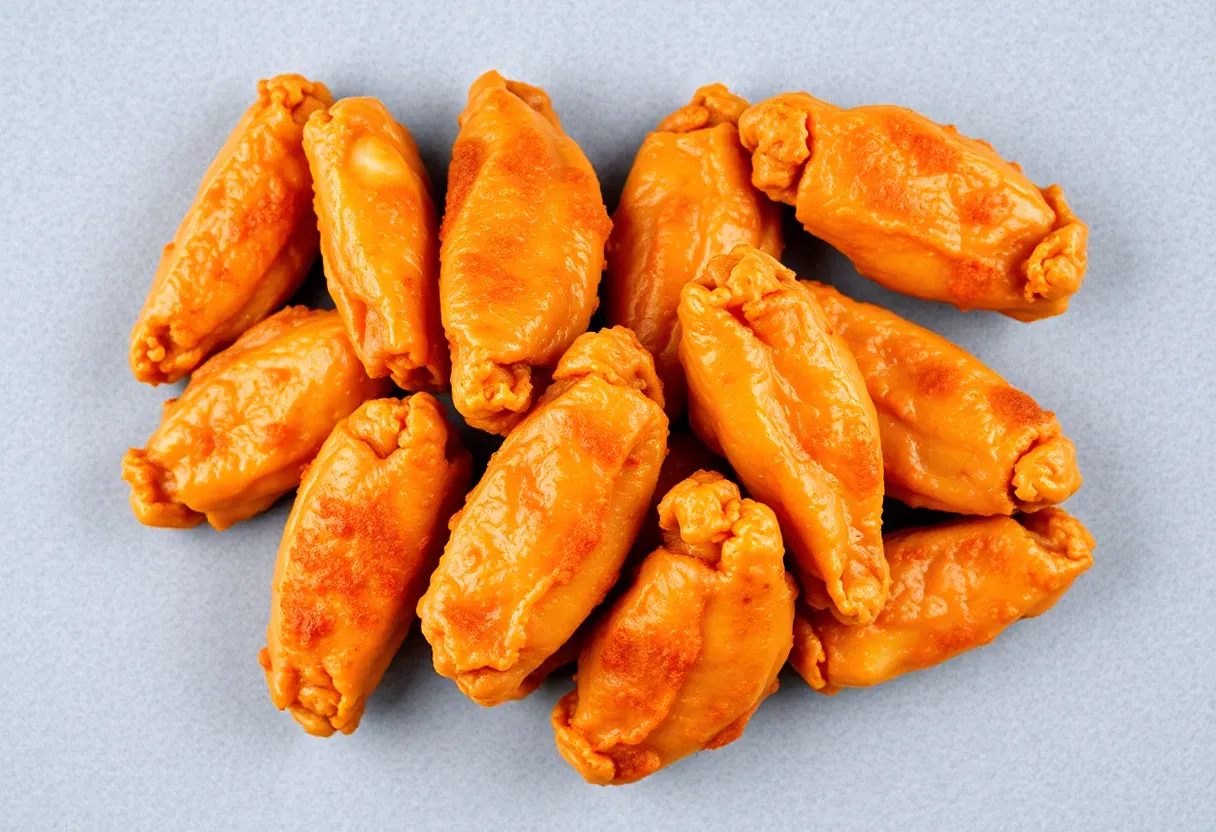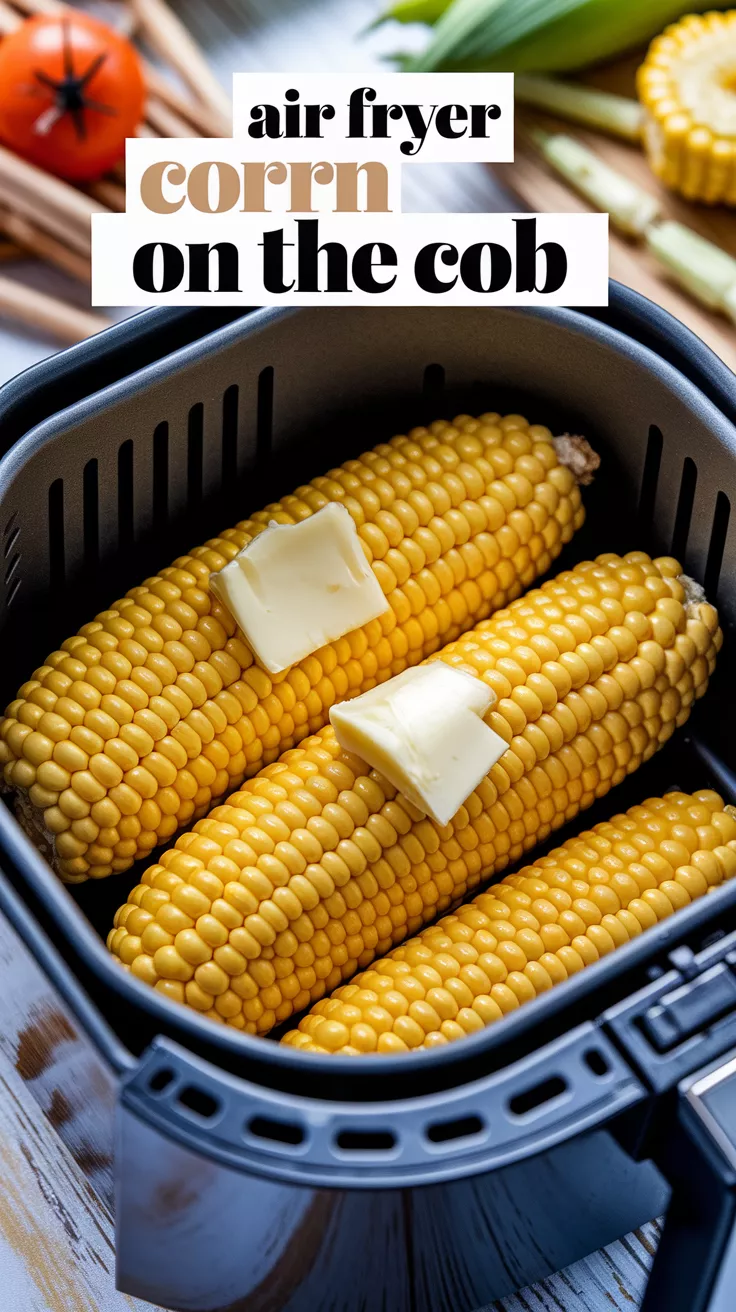You want a meal that’s crispy, juicy, and packed with flavor—but you also don’t want to babysit a skillet or turn your kitchen into a sauna. Enter air fryer chicken and vegetables. It’s the MVP of weeknight dinners: minimal effort, maximum payoff.
No fancy skills required, no 20-ingredient marinade, and definitely no sad, soggy veggies. Just toss, cook, and devour. If your air fryer had a résumé, this recipe would be its glowing recommendation.
What Makes This Recipe So Good
First, the air fryer turns chicken skin into a crispy, golden masterpiece without drowning it in oil.
Vegetables? They caramelize instead of steam, so you get flavor bombs in every bite. Second, it’s a one-basket wonder—protein and sides cook together, so you’re not juggling pans.
And third, cleanup is a joke. A few crumbs in the basket, a quick wipe, and you’re done. Even your dishwasher will feel neglected.
Ingredients
- Chicken: 1.5 lbs thighs or drumsticks (bone-in, skin-on for maximum crisp).
- Vegetables: 2 cups broccoli florets, 1 bell pepper (sliced), 1 zucchini (chopped).
- Oil: 1 tbsp olive or avocado oil.
- Seasonings: 1 tsp garlic powder, 1 tsp paprika, ½ tsp salt, ½ tsp black pepper.
- Optional: Lemon wedges, Parmesan, or red pepper flakes for serving.
Step-by-Step Instructions
- Prep the chicken: Pat it dry (this is non-negotiable for crispiness).
Toss with oil and seasonings.
- Prep the veggies: Same bowl, same oil, same lazy vibes. Add them to the mix.
- Air fry: Arrange chicken in the basket, veggies around it. Cook at 380°F for 12 mins.
- Flip and shake: Turn chicken, toss veggies, and cook another 10-12 mins until chicken hits 165°F.
- Serve: Squeeze lemon, sprinkle cheese, or pretend you’re fancy with fresh herbs.
Storage Instructions
Store leftovers in an airtight container for up to 3 days.
Reheat in the air fryer at 350°F for 3-4 mins to revive the crunch. Microwaving is technically an option, but you’ll regret it—soggy city.
Benefits of This Recipe
It’s fast (under 30 mins), healthy-ish (way less oil than frying), and adaptable (swap veggies, spices, or even the protein). Plus, it’s idiot-proof.
Forgot to defrost? Frozen chicken works—just add 5-7 mins. Your future self will high-five you.
Common Mistakes to Avoid
- Crowding the basket: Overloading = steamed food.
Cook in batches if needed.
- Skipping the pat-dry: Moisture is the enemy of crisp. Use a paper towel, hero.
- Ignoring the shake: Stir veggies halfway or they’ll burn on one side. Physics isn’t your friend here.
Alternatives
No air fryer?
Bake at 425°F on a sheet pan (25-30 mins). Vegetarian? Swap chicken for tofu or chickpeas.
Hate zucchini? Try carrots or Brussels sprouts. The recipe won’t judge—it’s too busy being delicious.
FAQ
Can I use frozen vegetables?
Yes, but thaw and pat them dry first.
Frozen veggies release water, which leads to steaming instead of crisping. Nobody wants mushy broccoli.
Why is my chicken not crispy?
You probably didn’t dry it well, overcrowded the basket, or skipped the oil. Fix those, and you’re golden—literally.
Can I use chicken breasts?
Sure, but they dry out faster.
Cook at 360°F and check at 10 mins. Or just stick with thighs and enjoy your juicier life.
Final Thoughts
This isn’t just a recipe—it’s a lifestyle upgrade. Crispy chicken, caramelized veggies, and zero stress.
The air fryer isn’t a trend; it’s a culinary cheat code. Now go eat.





